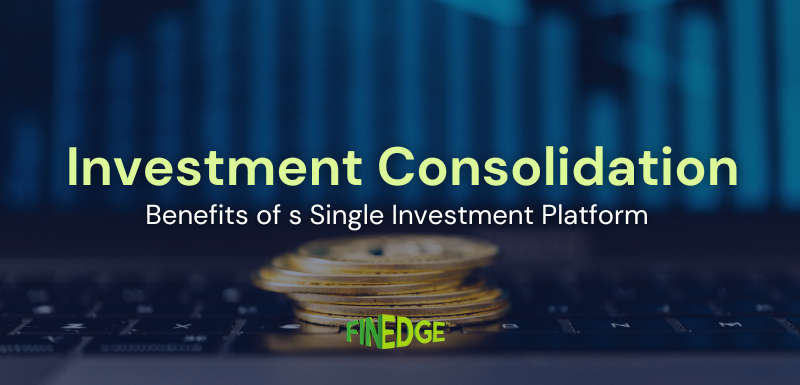Should you invest into NFO’s (New Fund Offers)?

AMFI's ad campaign boosts mutual fund interest, but investors must cautiously assess NFOs amidst SEBI's re-categorization.
AMFI’s ubiquitous “Mutual Funds Sahi Hai” tagline that is so highly visible during the ad-breaks of most popular sporting events, has sparked an unprecedented level of interest in Mutual Fund Investments. And with it, more and more investors are rushing into NFO’s (New Fund Offers) like moths into a flame! With SEBI’s recent re-categorization exercise kicking in, many AMC’s may launch NFO’s to fill in gaps in their product portfolios. The question is – should you invest into them?
Is It Good To Invest In NFO?
First, let’s go down memory lane for a moment. The glory days of Mutual Fund NFO’s peaked during the heady bull run of 2007, which witnessed more than 50 new schemes getting launched within a single calendar year! Interestingly, a large number of these funds no longer exist today – having been redeemed or merged with other schemes. Of the survivors, very few have managed to deliver even double-digit annualized returns in the past decade.
And yet, the trend continues unabated. Financial markets and consumers of Financial Products do have famously short-term memories, after all!
What’s the Key Driver of NFO’s, Then?
Mostly, it’s the fallacious belief that “low NAV means cheap”, and therefore, “Units at Rs. 10 must be a pretty awesome deal”. However, seasoned investors know better – if low NAV was indeed cheap, wouldn’t all NFO’s launched in 2007 have outperformed their higher NAV peers within the same category? Alas! That isn’t the case. The fact is – two funds with identical holdings and expenses will perform exactly the same, returns-wise, regardless of their NAV being Rs. 10 or Rs. 100. It’s the movement in their underlying securities that determine their “percentage returns”, not their base NAVs.
In fact, the promotion and marketing expenses associated with Nfo in mutual fund can spike their expense ratios in the medium term, affecting their performance negatively in the process. Also, it’s worth noting that NFO’s are rarely if ever, launched in beaten down sectors which have the potential to go up. After all, it’s the “hot”, headline grabbing themes that grab eyeballs – and therefore hold the potential to become “big” NFO’s over time. A rare exception to this would be the recent launch of Pharma Sector Funds by two AMC’s.
Over the long term, the pernicious habit of investing into a plethora of NFO’s results in an over-diversified portfolio of investments that is too scattered to generate any outperformance. It’s not uncommon to see investors with 20 or 30 NFO’s in their portfolios; most of them underperforming within their respective categories!
Smart investors should shy away from NFO’s; instead electing to invest into seasoned funds with long-term performance track records. To add another dash of prudence into the mix, make a staggered entry via 6-12-month STP’s (Systematic Transfer Plans), as equity markets are expected to remain range bound for the time being.
Your Investing Experts
Relevant Articles
Lessons From the World’s Best Investors to Carry Into the New Year
As one year ends and another begins, many investors look back at returns, missed opportunities, or decisions they wish they had made differently. But the most useful lessons rarely come from year-end numbers. They come from principles that have worked across decades and market cycles. As you step into the new year, these ideas from some of the world’s most respected investors offer a far more reliable guide than any forecast.
Why Consolidating All Your Investments on One Platform Makes Sense
Many investors accumulate investments gradually, across employers, platforms, advisors, and products. Over time, what began as diversification can turn into fragmentation. Consolidating investments on one platform is not about reducing choice or control; it is about gaining clarity, aligning investments with goals, and improving decision-making across market cycles.
Why Successful Investing Follows a Clear Why–How–Where Framework
Investing decisions are often influenced by market trends, recent performance, or product recommendations. However, long-term investment success depends more on structure than selection. A clear Why–How–Where framework brings discipline to investing by ensuring that goals are defined first, planning comes next, and product choices follow. This approach helps investors build portfolios that are aligned with their objectives and sustainable over time.
.png)


